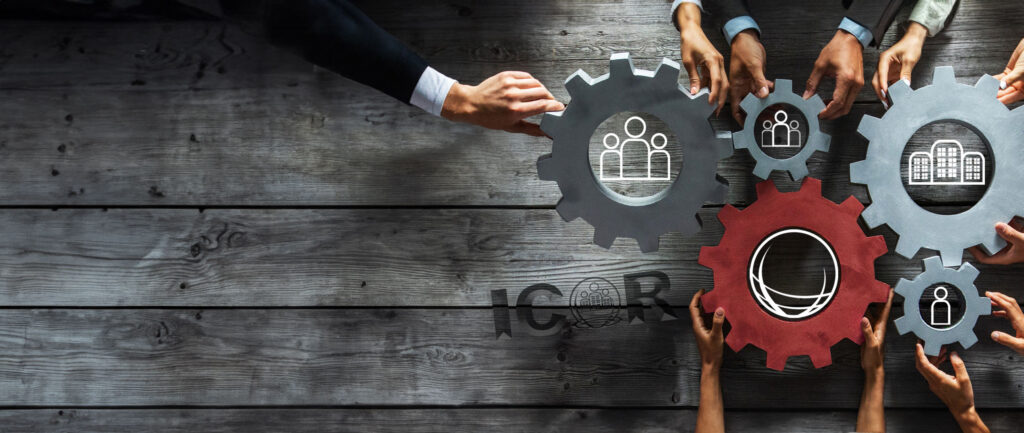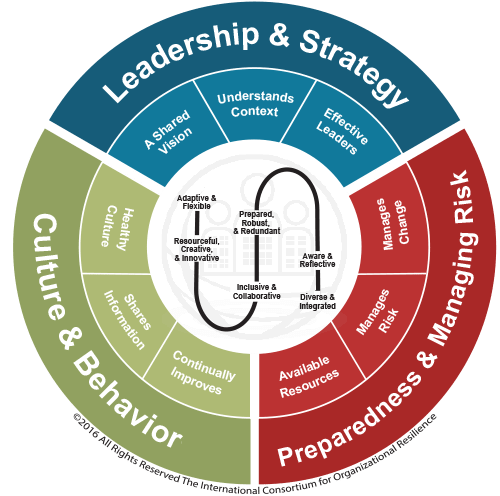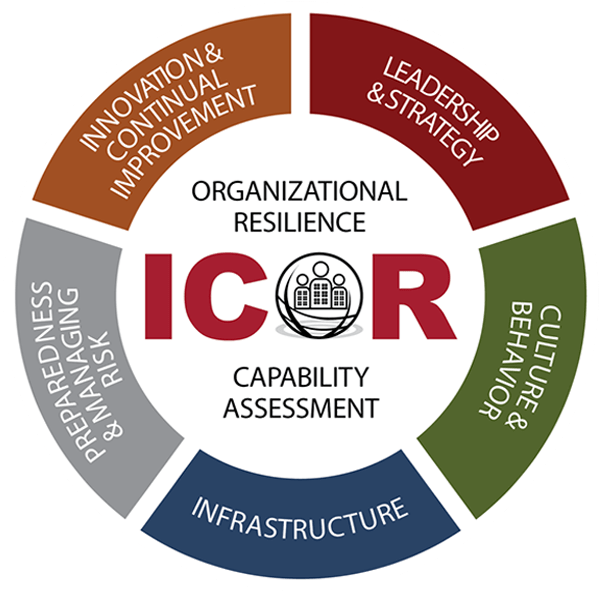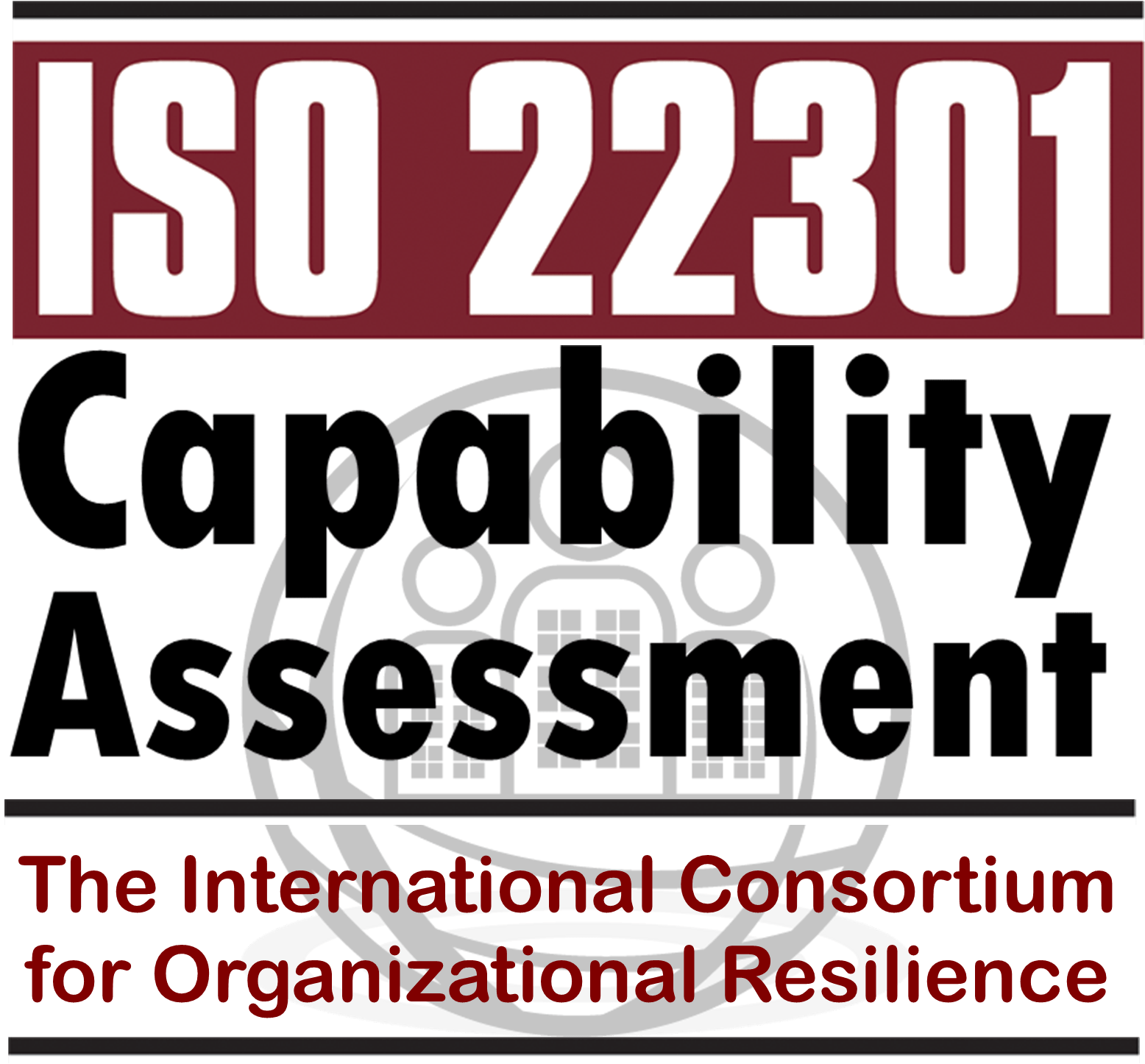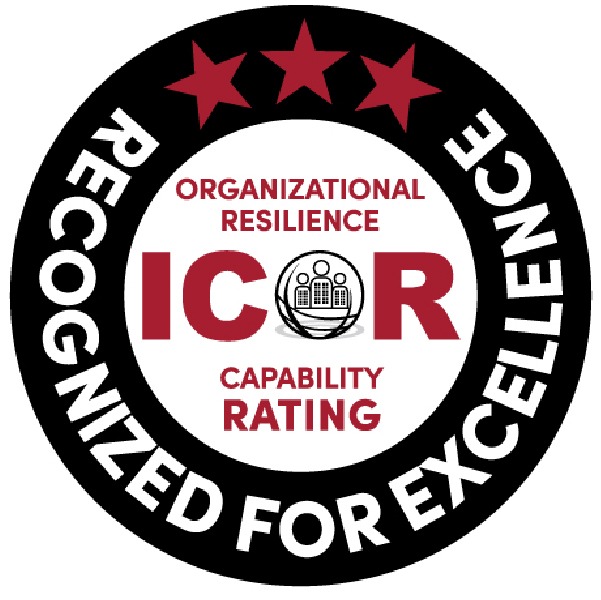The Ecosystem
International, national, regional & local – external & internal to the organization.
How the work environment operates.
The Organization
Purpose-driven, customer-focused, & multi-disciplinary – moving away from silos.
How work is organized.
The Team
High-performing teams with connected and iterative ways of working.
How work is delivered.
The Leader
Inclusive & collaborative leaders who lead a diverse workforce.
How work is managed & led.
The Individual
Talent management that enables a more resilient & engaged workforce.
How work is executed.
Resilience is defined by the International Standards Organization as the “ability to absorb and adapt in a changing environment in order to survive and prosper.” Whether describing the resilience of an individual, an organization, or a community of any size, this definition provides us guidance.
ICOR’s Resilience Models & Frameworks address how to set the context for your resilience strategy.
Most often discussions about resilience focus on the ability of the individual, organization, or community to resist being impacted in a negative manner when something “bad” happens. On the positive side, individuals, organizations, and communities that can adapt and manage change are considered to be more resilient than those that don’t or can’t adapt and change.
Resilience has been interpreted differently within different geographical contexts and academic disciplines. However, almost all of the studies speak to the common characteristics shown in these models in one way or another, despite their thematic, geographic and sectoral differences.

